
About:
- Victory in Europe Day (V-E Day or simply, Europe Day) is one of the most important days in the history of Europe.
- It was on May 8, 1945 (May 9 in Eastern Europe) that the surrender of the German armed forces was formally accepted, bringing an end to a war that had killed millions on battlefields, across bombarded cities and in brutal concentration camps.
End of the War in Europe
- World War II officially began in 1939, with Germany’s invasion of Poland drawing Britain into the War.
- While Germany enjoyed initial success, conquering much of Western Europe and making inroads in the East, the Luftwaffe’s failure in the Battle of Britain, Hitler’s doomed invasion of Soviet Russia, and the entry of the US into the conflict in 1941 would soon turn the tide.
- By 1945, Germany faced inevitable defeat.
- On the East, the Red Army marched towards Berlin with its enormous manpower and resource base.
- On the West, British, American and other allied troops hastened towards the German capital, after the successful D-Day landings on June 6, 1944.
- Germany’s biggest European ally Italy had collapsed and the Japanese were preparing for a lengthy campaign to defend their home islands, having lost most of the territory they had gained in the early years of the War.
- Thus, on April 30, 1945, as the Battle of Berlin raged on with both Soviets and Western Allies competing with each other to capture the city, German Fuhrer and Nazi Party supremo Adolf Hitler died by suicide.
Europe Day today:
- However, today, almost every European country marks V-E Day, in remembrance of a War which killed at least 40-50 million people in the continent (including the Soviet death toll). In some countries, Europe Day is a national holiday.
- People across Europe mark the day by flying national flags or white “peace” flags.
- In Russia and former Soviet countries, VE Day is marked with military parades and a display of the nation’s armed strength.
- In Germany, it is celebrated as a sombre occasion, a reminder of the path the country briefly took and a commemoration of the bravery and sacrifice of those within Germany who stood up to the Nazi regime.
2. CISO Deep-Dive Training Programme
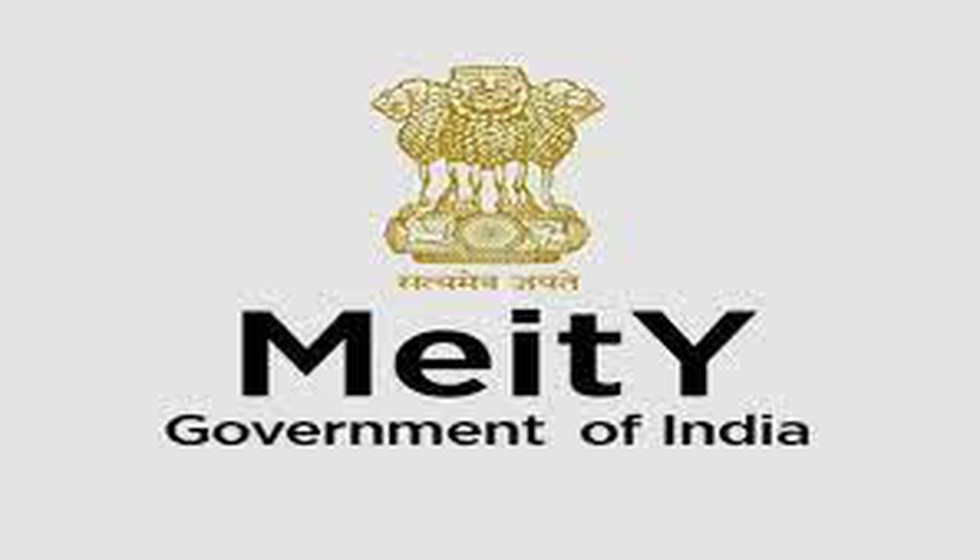
About:
- The five-day intensive training programme is designed for designated CISOs from Central and State/UT Governments, subordinate agencies/PSUs, including public sector banks and insurance companies, technical wings of police and security forces, CTOs and members of technical/PMU teams; also, officers responsible to observe security of IT systems in their respective organisations.
- The deep-dive training specifically aims at educating and enabling CISOs to understand cyber-attacks comprehensively and thoroughly, get necessary exposure in latest technologies of safeguard, and translate the benefits of a resilient e-infrastructure to individual organisations and citizens at large.
- The training also focuses on providing a holistic view of legal provisions, enabling CISOs to formulate policies in the domain of cyber security and build concrete cyber crisis management plans.
- Launched in 2018, the CISO training is the first-of-its-kind of partnership between the Government and industry consortium under Public Private Partnership (PPP) model.
- Cyber Surakshit Bharat:
- Cyber Surakshit Bharat is the initiative of Ministry of Electronics and Information Technology (MeitY), which was conceptualised with the mission to spread awareness about cyber-crime and build capacities of Chief Information Security Officers (CISOs) and frontline IT officials, across all government departments, for ensuring adequate safety measures to combat the growing menace – Organisations need to defend their digital infrastructures and become future-ready in tackling cyber-attacks.
3. Pradhan Mantri National Apprenticeship Mela
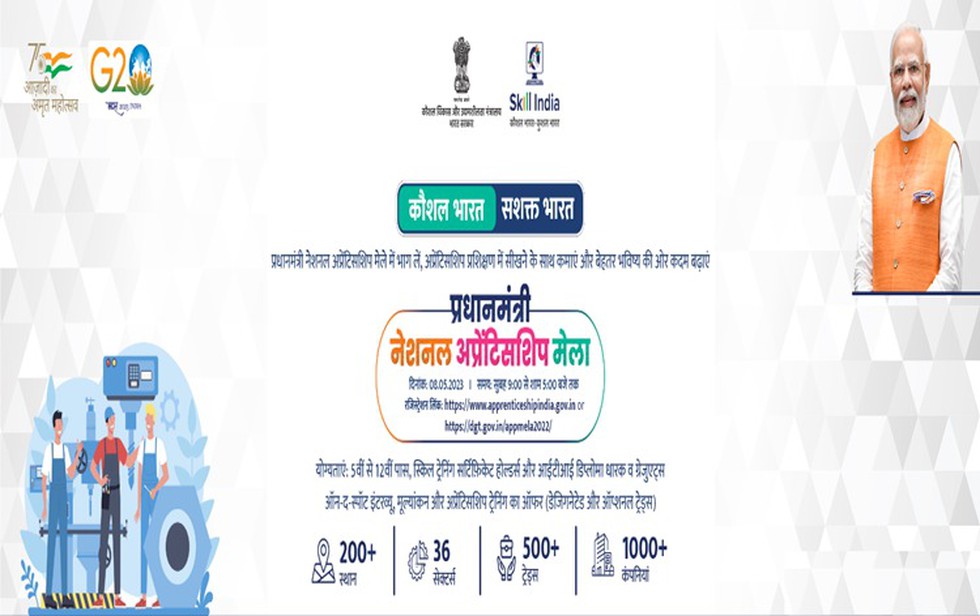
About:
- The Ministry of Skill Development and Entrepreneurship will be organising the Pradhan Mantri National Apprenticeship Mela every month now on.
- It's objective is to connect the youth with more opportunities of on-ground training within corporates and further a chance to get employment.
- Individuals having a 5th-12th grade pass certificate, a skill training certificate, an ITI Diploma, or a graduate degree can apply for an interview across these trades/opportunities.
- The candidates will be given a choice of 500+ trades, including welders, electricians, housekeepers, beauticians, mechanics, and others.
- Candidates will also receive Apprenticeship certificates recognised by the National Council for Vocational Education and Training (NCVET) at the end of their training period, which will give them industry recognition.
4. Gopal Krishna Gokhale
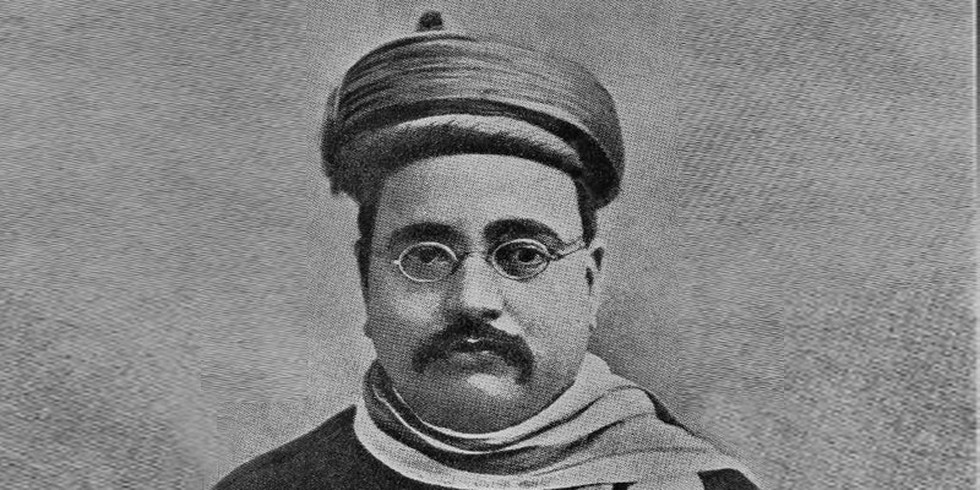
About:
- Indian National Congress (INC):
- Gokhale became a member of the Indian National Congress in 1889. He was the leader of the moderate faction of the Congress party.
- In 1905, he was elected president of the Indian National Congress (Benares Session).
- He played a leading role in bringing about Morley-Minto Reforms, the beginning of constitutional reforms in India.
- Member in British India Legislature: In 1899, Gokhale was elected to the Bombay Legislative Council and in 1901 he was elected to the Imperial Council of the Governor-General of India.
- Servants of India Society: It was formed by him in Pune (Maharashtra) in 1905 to further the expansion of education in India. The Society organised mobile libraries, founded schools, and provided night classes for factory workers.
- Ranade Institute of Economics: In 1908, he founded the 'Ranade Institute of Economics'.
- Mentor to Gandhi: In his autobiography, Gandhi calls Gokhale his mentor and guide. In 1912, Gokhale visited South Africa at Gandhi's invitation. He received personal guidance from Gokhale, including a knowledge and understanding of India and the issues confronting common Indians.
- Hitavad: He launched the English weekly newspaper named The Hitavad (The people's paper) in 1911.
5. Maharana Pratap
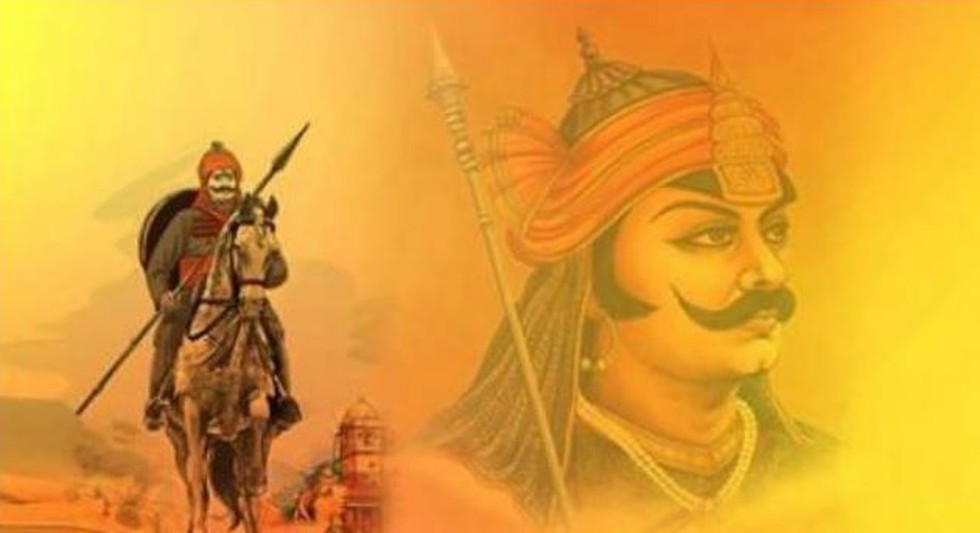
About:
- Pratap Singh popularly known as Maharana Pratap, was a king of Mewar, a region in the present day state of Rajasthan.
- He was the eldest son of Udai Singh II (founder of city of Udaipur).
- Battle of Haldighati: It was fought on 18 June 1576 between the forces Maharana Pratap; and the Mughal emperor Akbar's forces, led by Man Singh I of Amber. The Mughals were the victors but failed to capture Pratap, who escaped.
- Resurgence: Mughal pressure on Mewar relaxed after 1579 following rebellions in Bengal and Bihar. Taking advantage of the situation, Pratap recovered Western Mewar including Kumbhalgarh, Udaipur and Gogunda. During this period, he also built a new capital, Chavand, near modern Dungarpur.
- Chetak: Chetak is the name given in traditional literature to the horse ridden by Maharana Pratap at the Battle of Haldighati. However, some Historians debate it. According to tradition, Chetak, although wounded, carried Pratap safely away from the battle, but then died of his wounds. The story is recounted in court poems of Mewar from the 17th century onwards.
- Pratap Gaurav Kendra: It is a tourist spot at Tiger Hill in Udaipur city, Rajasthan. It aims at providing information about Maharana Pratap and the historical heritage of the area with the help of modern technology.
6. Financial Stability and Development Council (FSDC)
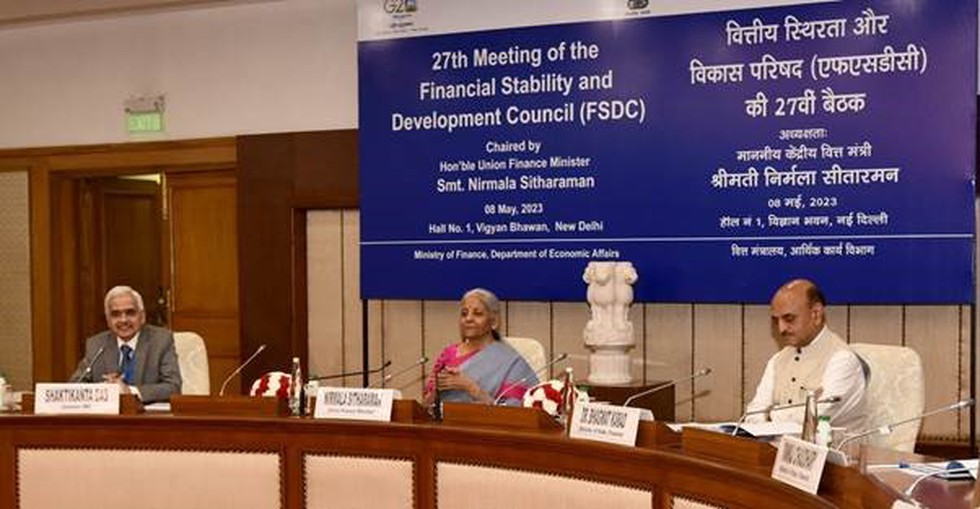
About Financial Stability and Development Council (FSDC):
- It is an apex-level forum constituted by the Government of India in December 2010.
- Status: FSDC is not a statutory body. No funds are separately allocated to the council for undertaking its activities.
- Objective: Strengthening and institutionalizing the mechanism for maintaining financial stability, enhancing inter-regulatory coordination and promoting financial sector development.
- Composition:
- It is chaired by the Union Finance Minister of India.
- Its members include the heads of financial sector Regulators (RBI, SEBI, PFRDA, IRDA & FMC) Finance Secretary and/or Secretary, Department of Economic Affairs, Secretary, Department of Financial Services, and Chief Economic Adviser.
- The Council can invite experts to its meeting if required.
- Functions:
- It monitors macroprudential supervision of the economy, including the functioning of large financial conglomerates.
- It addresses inter-regulatory coordination and financial sector development issues.
- It also focuses on financial literacy and financial inclusion.
- Sub-committee of FSDC:
- A sub-committee of FSDC has also been set up under the chairmanship of Governor RBI.
- It discusses and decides on a range of issues relating to financial sector development and stability, including substantive issues relating to inter-regulatory coordination.
7. What is the Airbus C295?
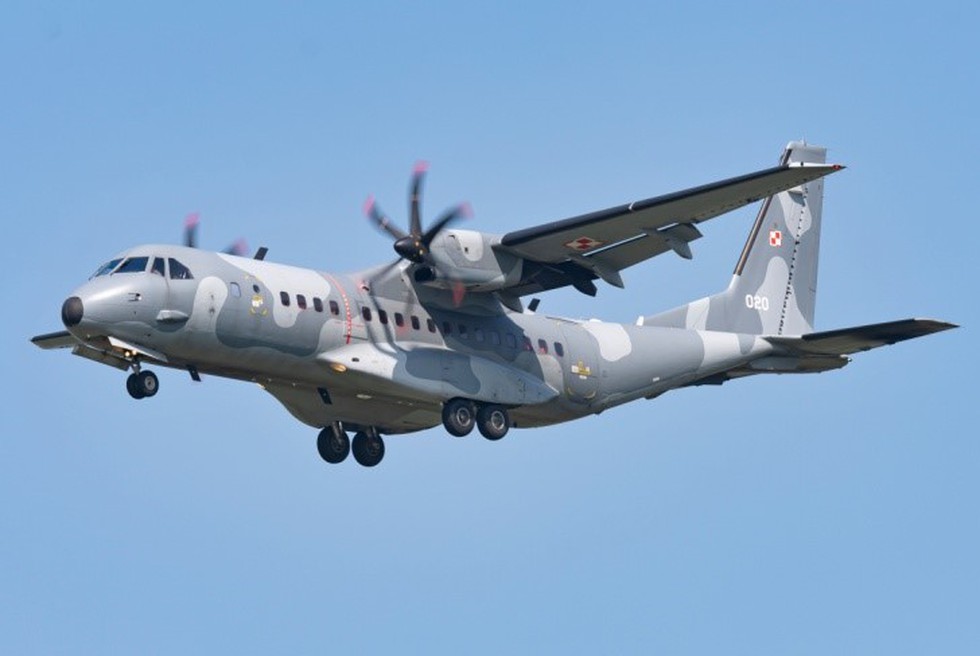
About Airbus C295:
- It is a new-generation tactical airlifter in the light and medium segment.
- It was designed and built by Airbus, a European multinational aerospace corporation.
- It is robust and reliable but also highly versatile in terms of the number of different missions it can perform.
- The C295 conducts multi-role operations worldwide under all weather conditions.
- Types of Missions:
- It is known to be a superior aircraft used for tactical transport of up to 71 troops or 50 paratroopers.
- Air-to-Air refuelling: It can be converted into an air tanker that can deliver up to 6,000 kg of gasoline to fixed and rotary wing receivers by adding a detachable refuelling kit.
- Airborne Early Warning (AEW): It has a cutting-edge radar with 360-degree coverage to give a complete picture of the airspace in its Airborne Early Warning variant.
- Water-Bomber: It can be transformed into a powerful water bomber that can put out forest fires with up to 7,000 litres of water due to a flexible roll-on/roll-off system.
- Armed/Ground ISR (Intelligence Surveillance and Reconnaissance): A close-air-support operation that uses an ISR with a multi-mission radar that can also be weaponized.
- The aircraft can be utilised for casualty or medical evacuation as well as airdropping loads and paratroopers.
- It is equipped to handle special missions, disaster relief operations, and maritime patrol responsibilities.
8. India’s first Air Force Heritage Centre
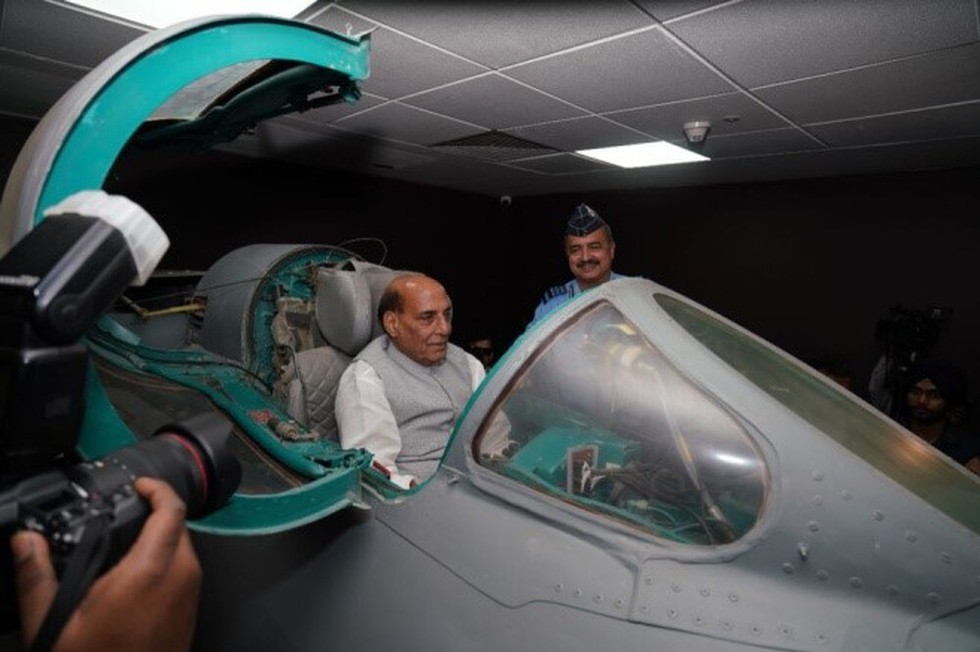
About Indian Air Force Heritage Centre:
- Location: Chandigarh.
- This is the first heritage centre of the IAFand is spread over 17,000 square feet.
- The heritage centre highlights the IAF’s role in various wars, including in 1965 and 1971 and the Kargil War, and the Balakot air strike through murals and memorabilia.
- It houses five vintage aircraft and will provide visitors with cockpit exposure and an experience with flight simulators.
- It also houses the first IAF-made patent aircraft Air Force ‘Kanpur-1 Vintage Prototype Aircraft’, a single-engine indigenous flying machine designed and built by the late Air Vice Marshal Harjinder Singh in 1958 at Base Repair Depot Kanpur.
- The centre also showcases augmented reality, holograms, virtual reality, and electro-mechanical enclosures, interactive kiosks highlighting various facets of the IAF.
- The centre also has a special segment which has been dedicated to women officers in the IAF for their contribution to the service of the nation.
- An audio-visual gallery will present the journey of the IAF through time, tracing its evolution from its inception to the modern day as well as promotional movies.
- There is a section where uniforms of the IAF will be shown, besides an enclosure for its ranks and badges.
9. What are T cells?
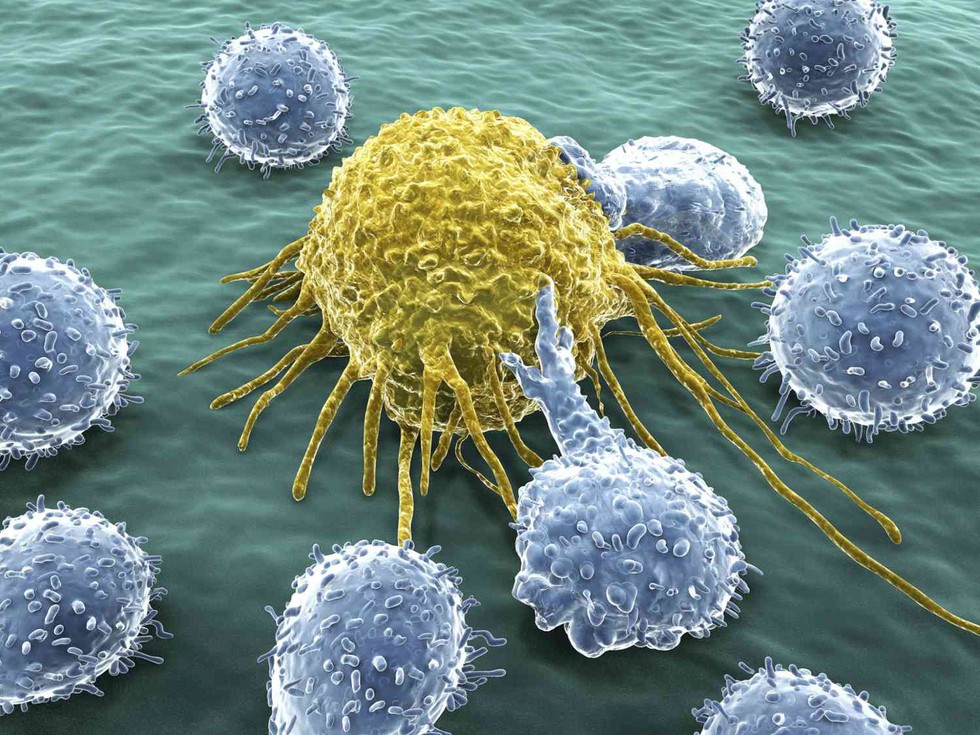
About T cells:
- T cell is a type of white blood cell.
- It is also called T lymphocyte and thymocyte.
- T cells are part of the immune system and develop from stem cells in the bone marrow.
- They help protect the body from infection and may help fight cancer.
- There are two main types:
- Cytotoxic T-cells: Destroy infected cells.
- Helper T-cells: Send signals that direct other immune cells to fight infection.
- Rather than generically attack any antigens, T cells circulate until they encounter their specific antigen.
- T-cells have many identical T-cell receptors that cover their surfaces and can only bind to one shape of antigen.
- When a T-cell receptor fits with its viral antigen on an infected cell, the Killer T-cell releases cytotoxins to kill that cell.
10. Katepurna Wildlife Sanctuary
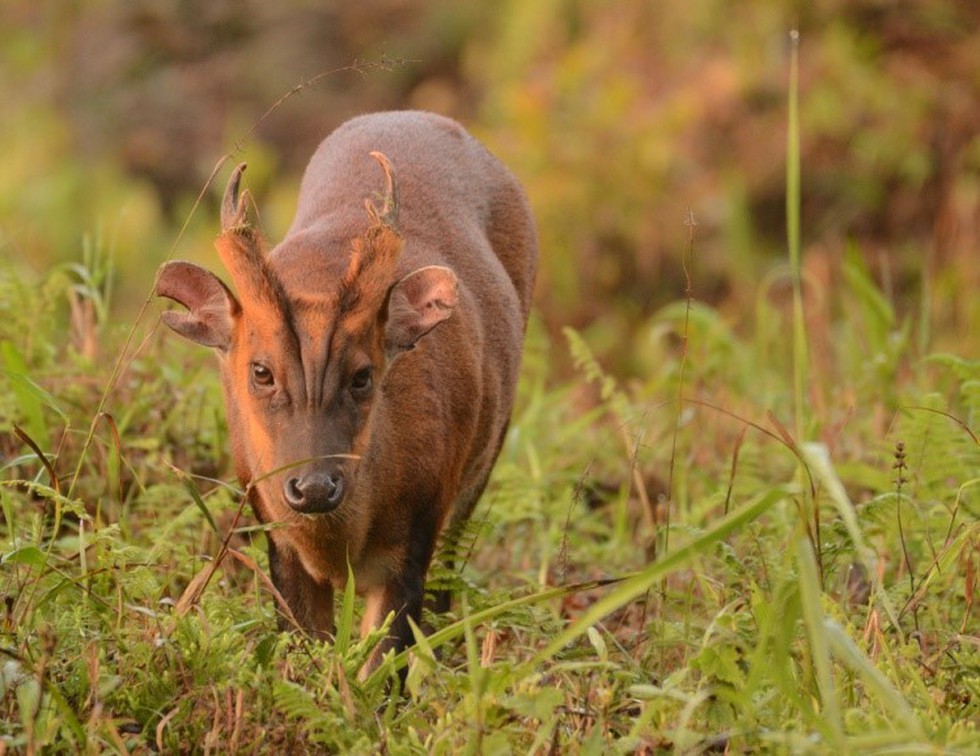
About Katepurna Wildlife Sanctuary:
- Location: It is located in Akola District of Maharashtra.
- This Sanctuary area is the catchment of Katepurna Reservoir, and it forms an aquatic habitat for many floral and faunal species.
- The sanctuary derives its name from the Katepurna River, which flows south to Northward almost through the central part of the sanctuary.
- Landscape: It is undulating and offers an interesting contrast between the plateau and the plains.
- Vegetation: Southern tropical dry deciduous forest.
- Flora:
- The main species are Ain, Dhawada, Kalamb, Salai, Haldu, Medshing, Tendu etc.
- Trees of Vad, Umber, Arjun, and Kalamb are found in moist areas.
- Fauna:
- It is renowned for its four-horned antelope and barking deer.
- Other animals that you can see at the sanctuary include black buck, leopard, wolf, wild boar, hyena, hare, nilgai, jungle cat and monkey.


.jpg)
.jpg)
.jpg)
























































































































































.png)
.png)
.png)
.png)
.png)


.png)
.png)
.png)





.png)
.png)






.png)
.png)
.png)
.png)
.png)
.png)
.png)
.png)
.png)

.png)







.png)
.png)


.png)
.png)
.png)


.png)

.png)
.png)





.jpg)

.png)
.png)


.png)

.png)
.png)
.png)

.jpg)

.jpg)


.png)

.png)
.png)
.png)
.png)
.png)
.png)
.png)
.png)
.png)
.png)




.png)

.png)





.png)
.png)
.png)
.png)
.png)
.png)
.png)
.png)
.png)
.png)
.jpg)
.jpg)

.png)
.png)
.png)
.png)
.png)
.png)
.png)
.png)
.png)
.png)
.png)
.png)
.png)
.png)
.png)
.png)
.png)
.png)
.png)
.png)
.png)
.png)



.png)
.png)

.jpg)
.jpg)


.jpg)
.jpg)

.jpg)








.jpg)
.jpg)
.jpg)
.jpg)
.jpg)

















.jpg)
.jpg)







.jpg)


















.jpg)
.jpg)






























































































.jpg)
.jpg)


























.jpg)

.jpg)










.jpg)








.jpg)




.jpg)










.jpg)


















.jpg)












































.jpg)














.jpg)
.jpg)
.jpg)





.jpg)

.jpg)
.jpg)





































































.jpg)


































.jpg)
.jpg)
















































.jpg)












.jpg)


.jpg)




.jpg)
.jpg)
.jpg)

.jpg)
.jpg)
.jpg)
.jpg)

.jpg)
.jpg)
.jpg)

.jpg)
.jpg)
.jpg)
.jpg)
.jpg)
.jpg)
.jpg)
.jpg)

.jpg)


.jpg)
.jpg)
.jpg)
.jpg)
.jpg)
.jpg)
.jpg)
.jpg)
.jpg)
.jpg)











.jpg)
.jpg)





.jpg)
.jpg)
.jpg)
























.jpg)
























.jpg)









.jpg)
.jpg)







.jpg)
.jpg)









































.jpg)
.jpg)
.jpg)
.jpg)
.jpg)

.jpg)
.jpg)
.jpg)
.jpg)
.jpg)


.jpg)
.jpg)
.jpg)
.jpg)
.jpg)

.jpg)
.jpg)
.jpg)
.jpg)
.jpg)
.jpg)
.jpg)
.jpg)
.jpg)
.jpg)
.png)

.png)
.png)

.png)
.png)
.png)
.png)


.jpg)
.jpg)

.jpg)
.jpg)
.jpg)

.png)
.png)
.png)
.png)
.png)
.png)
.png)

.png)
.png)
.png)
.png)
.png)
.png)
.png)
.png)
.png)
.png)





































































-min.png)



.png)




.png)








































